
Curious about educational travel opportunities to learn about ocean conservation, including polar cruises?
Teaching Traveling: Please welcome expert marine educator, Susan Adie, who has led over 250 educational ocean expeditions over the past 30 years. Susan is such an expert in Antarctica that there’s even a cove named after her in the Antarctic Peninsula: Adie Cove!
Susan currently works as the Expedition Polar Ship Operations Manager for G Adventures, the ethical small-group tour company with a particular fondness for teachers like us!
(Note: If interested in G trips, consider booking through the affiliate links in this article, as it provides a small commission to keep this site going at no extra cost to you.)
Susan, tell us about your background!

Susan: Hello! I grew up in the Adirondacks and Finger Lakes region of New York State. From early childhood, I was more comfortable in nature then I was in a building. I was able to follow my heart into my after school education by studying Natural Resources Conservation, Environmental Science and Education.
That prepared me to become a naturalist — a teacher of nature — which lead me to work for the New York State Department of Parks and Recreation and the U.S. Fish and Wildlife Service within our National Wildlife Refuges.
It was in those positions that I developed a commitment to and associations with public schools in New York and adjoining states. I developed teacher training programs to help teachers learn how to teach about nature.
I also created educational presentations for school children from ages 5 to 18 that revolved around the New York State environment and the greater natural world beyond.
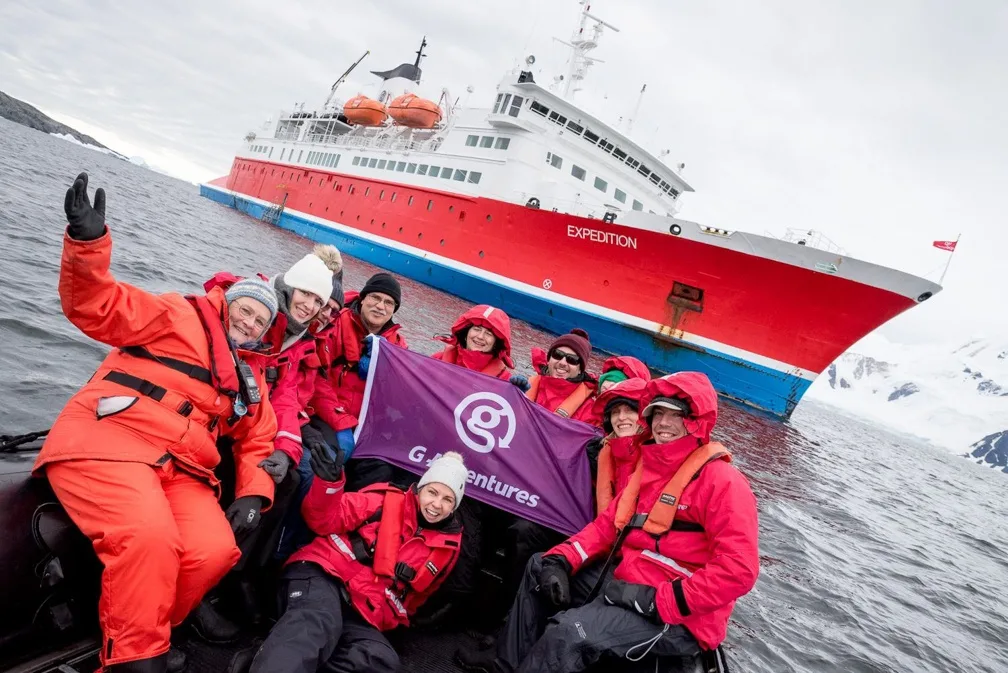
It was around the late 1980s when I had my first opportunity to travel and teach about nature with a company working in coastal Alaska. There, I developed an educational program for a small ship of 100 travelers that helped them better understand the Alaska coastline we were exploring.
I have always been energized by seeing the look on a person’s face when they are watching, learning and or hearing about something they’ve long imagined. You can literally see the passion and love light up their faces.
Being able to stand beside someone and explain how a particular glacier formed, what the brown bear is eating, how a bald eagle spots a fish and best yet: how a massive whale catches and eats something so tiny – well, these are the educational moments that make my day.
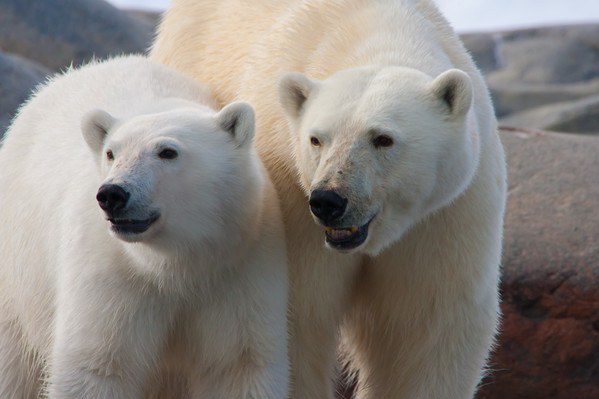
It was aboard these ships that I discovered what would become my future my life at sea — traveling with expedition vessels and exploring beautiful places around the world.
Today, I’m the Operations Manager for G Adventures’ polar cruises to the Antarctic, Arctic and Norway and I oversee much of the work we do to both share and support our beautiful blue planet.
In addition to helping travelers have life-changing experiences, we help raise money to support the Ocean Health Fund and its investments in protecting megafauna, combating ocean waste, supporting research and science, and supporting communities that rely on oceans for their livelihood.
We accomplish this with passengers through a spirited combination of creative challenges, expert presentations and competitive auctions. We call it FUNdraising.

TT: Love it! Tell us more about your travels.
S: I consider myself a teacher at sea, and have been since the late 1980s. My students are curious adults and my classroom is the coastal regions of the world.
From Siberia and the Russian Arctic and sub-arctic, to the Atlantic coastlines of North America, Norway, Svalbard, The British Isles, West Africa and South America; from the Pacific Coast of South America, Central America and the islands of the Pacific, to Australia and Antarctica, I sail, I teach, I learn at sea for up to six or seven months a year.
One of the most interesting things we do with travelers is connect their vacation experiences with worldwide organizations that help them better understand the dual crises of climate change and plastic garbage in our beautiful ocean.

We have seen firsthand when whales and seals become entangled in deadly plastic fishing ropes; we have picked up tons of trash off the beaches of isolated wilderness locations just 600 miles from the North Pole; we have stopped the ship in open ocean to retrieve drifting ghost nets (massive, loose drifting fishing gear); and we have even put guests to work to help measure rising sea temperatures and support citizen science.
The oceans belong to all of us and that means that we need to work together to ensure they stay healthy. So, we use these unique travel experiences as interesting, teachable moments to spread awareness about the damage our daily discards are having on the planet.
We then work to limit the amount of trash we produce on board the ship. Every passenger is asked to not to bring any single-use plastic on the ship because we mostly work in wilderness areas and do not have access to recycling facilities. So, if you bring it on board, plan to also take it off the ship when the trip is over.

TT: So important. Now, how do you find your travel opportunities?
S: The network of people I have worked with over the years is massive and international, so I have found most of my travel opportunities through word of mouth.
I ask questions. I pay attention to their stories. Someone will say, I just went to Sri Lanka — this is what I learned and this is how I did it. Then I will start looking at how they approached it and see if there is a way I can build off that.
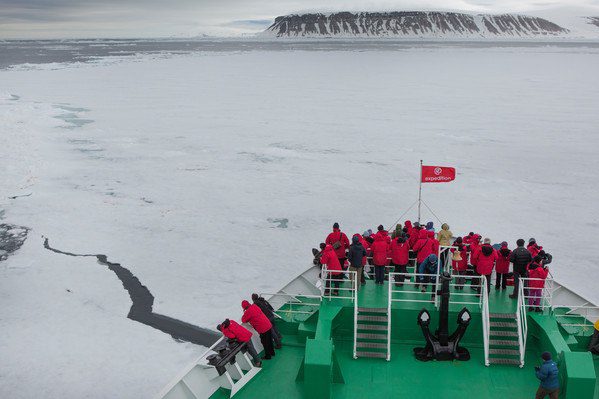
TT: Very smart. So, how did you find the money to fund your travel?
S: Lucky for me, I get paid to travel to some of the most beautiful and remote places on Earth. (Crazy, huh?!) It’s been an amazing privilege to be able to this and I absolutely love to spread knowledge and seed curiosity and concern in others.
To that end, I have connected with many schools and hundreds of teachers and students over the years to bring them closer to what I see and do in the ocean, via internet connections and school visits. I would love to do more classroom visits but they can be difficult to organize. (reach out to me if you’d like to discuss possibilities!)
I have also conducted training workshops about tropical rainforests in schools, then virtually taken students and their teachers via internet along on my two months of traveling up the Amazon River.
Most satisfying, my efforts have helped some classroom teachers chart new pathways for themselves through a scholarship that the Rainforest Alliance offers to gain training in a tropical rainforest.
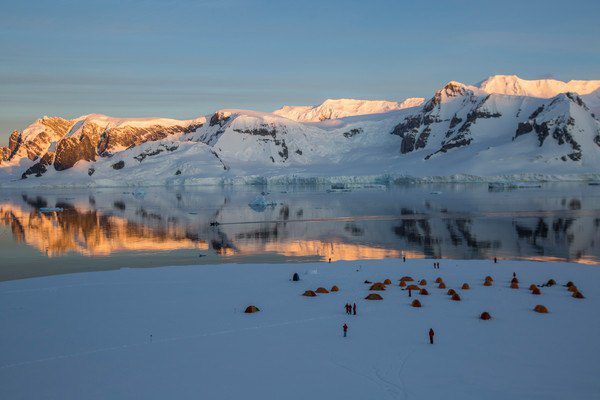
TT: Amazing. Tell us one moment from your Antarctica travels that was particularly powerful.
S: There are so many! In Antarctica, where I have probably spent most of my time, the most amazing experience for me was one of the most incredible sunsets I have ever witnessed.
Picture this: our ship was at anchor in a small bay on the edge of the continent. We were near the Antarctic Circle and had perfect weather — calm and clear.
Our ship was laying at anchor and we could hear the sound of braying penguins in the distance a good 400 meters away. I watched and listened as thousands of penguins alternated between incubating eggs and walking back and forth to open sea for food.
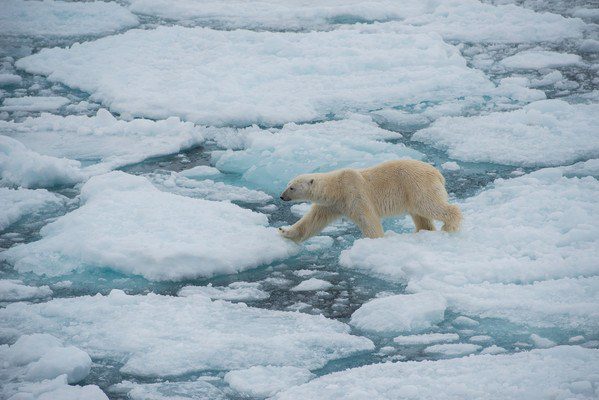
As the sun sank slowly out to the west in the middle of a calm ocean, to the east were 7,000-foot-high ice peaks of the Antarctic continent. From a distance, they appeared like the boiled sugar icing of a wedding cake: the surface polished smooth and warmly glowing like a peach. We call that alpine glow.
The sky above was a blue, the color of a Maxfield Parish painting, and off the side of the ship were three humpback whales laying side by side, gently breathing. They were huge. I imagined they must be three very old friends who meet up to rest and feed in Antarctica at the same time each year.
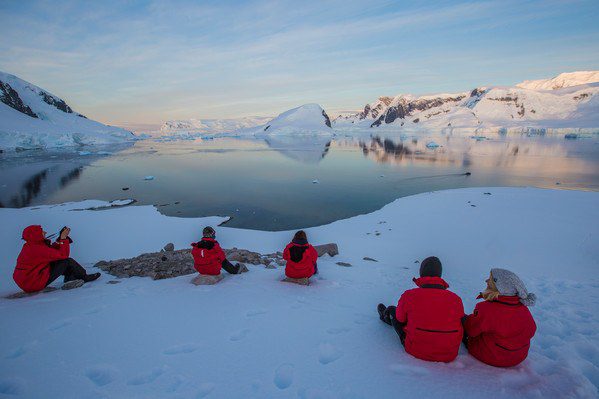
This entire scene was spread out before me and I have no adequate words to describe the singular beauty of this experience. But, just past midnight, I could not stop myself from walking around the ship and knocking on every cabin door so I could tell everyone they should come bear witness.
Despite the late hour, nearly 60 percent of them did. No one spoke and many stayed on deck for over an hour even though it was freezing. But it was amazing — other-worldly — and I have not seen anything quite like this since.

TT: What a beautiful image! How have your travels impacted you in your career, and as a person?
S: My travels have impacted me as a human, and as a teacher. I am driven to help everyone understand how incredible our planet is, how vital and important it is for everyone to have a chance to simply be in nature.
There are so many doctors, scientists, writers and artists who have expressed how nature offers the preservation of the soul. It has done that for me. That’s why I try to always open that door of understanding in others, so they too can nurture their soul, their inner core, their sense of wonder.

TT: What advice do you have for teachers who are dreaming of travel, or travelers dreaming of teaching?
S: My best advice is to just go. Do not be afraid to put yourself out there in the world. If you are concerned or hesitant to go by yourself, find a company that specializes in small group travel, like G Adventures or others.
These companies want to take care of you as an individual and they want you to be comfortable and safe. But do take the time to study their commitments to environmental and social standards, before you send them money.
A responsible travel provider will be able to tell you what their standards and commitments are with regard to animal welfare, child welfare and environmental sustainability.

Just don’t turn a blind eye to the world’s problems and issues. That is for people who only go to enclosed gated resorts and want a plastic life. If you want a real life, face real circumstances.
Not everyone is wealthy and privileged so they do not all dress the same. They are still interesting valuable people.
Do not turn a blind eye to the challenges our wildlife face. Rather, learn about them, and ask what you can do to help. As someone who cares enough about the future to teach, I hope you’ll want to make sure the company you travel with shares those same values.
Even if you are you are not a teacher, live like one. If you love something, if it has meaning and value to you, then you will be naturally motivated to help protect it. Speak out to share what you have experienced with whomever will listen, wherever you can.
Libraries, local schools, community groups are all useful places to start. I believe teachers share from a place of true caring. That caring is what inspires students to want to share your understanding. And that caring is power. Exercise it.
TT: Thanks so much, Susan! Readers, what questions or comments do you have for this ocean education and polar cruise specialist?

Curious to learn more about the expeditions that Susan leads? Click for an easy affiliate link to the Expedition cruises with G Adventures, or Polar trips you can join.
I’d also recommend checking out G’s travel deals and discounts page, because there are often incredible finds there. Happy travels!
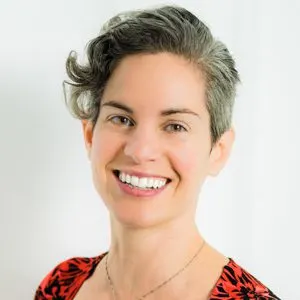
The author, Lillie Marshall, is a 6-foot-tall National Board Certified Teacher of English from Boston who has been a public school educator since 2003. She launched TeachingTraveling.com in 2010 to share expert global education resources, and over 1.6 million readers have visited over the past decade. Lillie also runs AroundTheWorld L.com Travel and Life Blog, and DrawingsOf.com for educational art. Do stay in touch via subscribing to her monthly newsletter, and following @WorldLillie on social media!

Stephane
Saturday 9th of June 2018
This is such an impressive article. It still amazes me that this is a job that someone can do. Kudos, Susan!
Karen
Friday 8th of June 2018
I was fortunate to travel with G Adventures on the MS Expedition in the Arctic. It surpassed my expectations and then some. GO if you can! The interview brought back vivid memories. It is true, your teaching will be impacted. Also, American teachers that are affiliated with with NEA receive 15% off G Adventures Tours (and not just the Polar Tours). You can find the code on NEA’s website.
Lillie
Friday 8th of June 2018
Thank you so much for this extremely helpful comment!